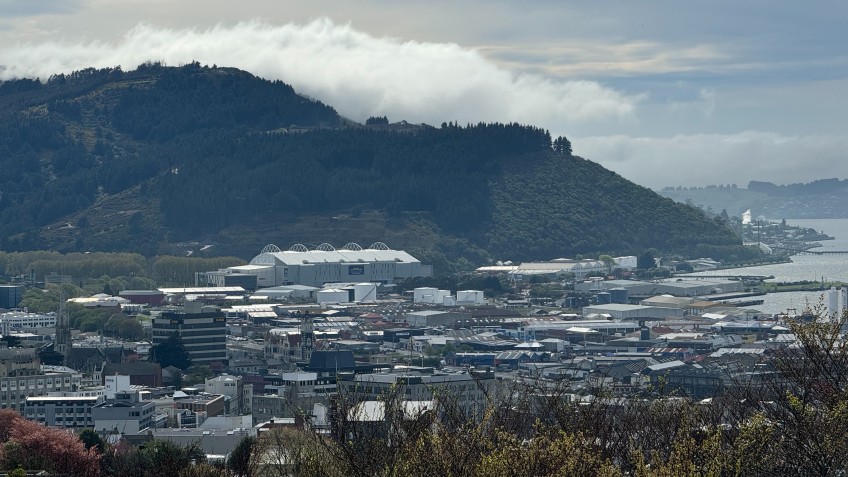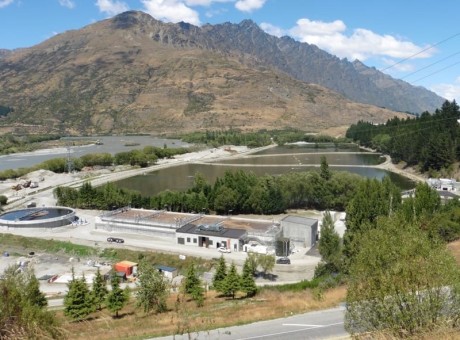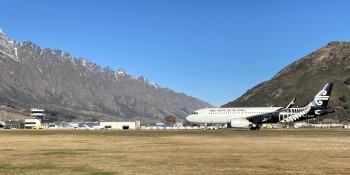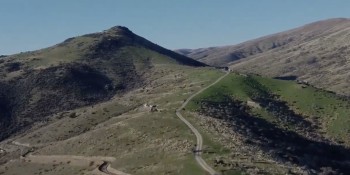Dunedin's population growth lagging behind

Dunedin will lose one regional council representative next local election cycle as Census data shows its population growth is being eclipsed by huge changes in Queenstown Lakes and Central Otago.
Following a representation review process carried out by the Otago Regional Council, the Dunstan Constituency will be represented by four councillors from October 2025, up from three currently. Correspondingly, Dunedin with see representation fall from six to five.
Making up the (unchanged) full quota of 12 Councillors, are two in the Molyneux ward and one in the Moeraki ward. There will be a one-month opportunity to appeal the decision.
The decision was confIrmed unanimously by the Otago Regional Council yesterday, and comes after more population information was released from the 2023 Census last month.
That data shows Queenstown’s normally resident population is now sitting at 47,808, an increase of 8,655 residents from the 2018 Census.
That increase accounted for a whopping 55.14 percent of the Otago region’s overall population growth, which increased by an extra 15,714 residents, between 2018 and 2023.
The region also outstripped Dunedin in terms of straight numbers, with its population rising by 8,655 between 2018 and 2023, compared with a 2,646 rise in the Dunedin population for the same period.
Central Otago also contributed to a similar rise in the region’s population, seeing an increase of 2,748 residents, slightly higher than the Dunedin population rise.
When taken separately, Dunedin’s total population between Census results increased 2.1 percent to 128,901. Queenstown Lakes district increased 22.1 percent to 47,808.
If those comparisons are taken out further to the 2013 Census, the numbers become even more stark.
Queenstown Lakes population increased by 69.3 percent, in that 10-year period. That compares with a seven percent rise in Dunedin city and a 35.8 percent rise in Central Otago.
Over the past 10 years ( to 2023) Dunedin’s population count has gone from making up almost 60 percent of the wider Otago region to just over half.
ORC Dunedin Constituency representative, Councillor Elliot Weir says the stats show Dunedin needs practical solutions.
“Cities like Ōtepoti Dunedin have to be a place people want to move to and live in if the population is to grow sustainably, and that means more density is needed.
“It means we need more social housing, we need more transit-oriented development, we need a flourishing arts and culture scene supported by leaders, we need more investment in our tertiary institutions, and we need to support our youth more.
“My hope is that the Future Development Strategy helps encourage this type of sustainable growth, but it will take active leadership at a local and national level to happen.”
The FDS is a joint piece of work between Dunedin City Council and ORC with significant input from mana whenua and key contributors including Kāinga Ora and the New Zealand Transport Agency. Its purpose is to promote long term strategic planning by setting out a high-level, 30-year, strategic vision for Dunedin in terms of spatial planning and it natural and built environments.
Census data population numbers:
Otago:
- 2023 - 240,900
- 2018 - 225,186
- 2013 - 202,470
Queenstown Lakes:
- 2023 - 47,808
- 2018 - 39,153
- 2013 - 28,224
Dunedin City:
- 2023 - 128,901
- 2018 - 126,255
- 2013 - 120,249
Central Otago:
- 2023 - 24,306
- 2018 - 21,558
- 2013 - 17,895
Main image: Dunedin city's population growth lags behind Queenstown and Central Otago.

























